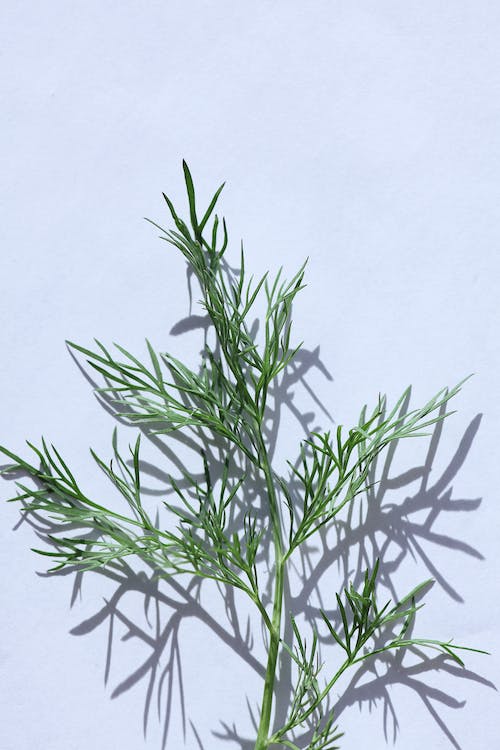By Cristian DeRusha

For those of us who are trying to stick to a healthier diet, having access to fresh herbs at home can be a big deal. Given their relatively short shelf life growing your own herbs, like dill for example, can add the freshest flavors to your fall menu and make for an incredibly rewarding pastime. After all, few things are more satisfying than picking food that you grew yourself.
Dill, also referred to as dill weed, is one of the most universally beloved herbs out there. It is also an easy plant to grow and harvest. As such, it is a great choice for beginner gardeners looking for something simple to start their gardening hobby. Historically, dill was used as a medicinal herb for coughs, headaches, and other every-day ailments. Today, dill is added to global dishes, used for pickling, and helps gardens by attracting pollinators to the plots.
Here in Florida, the most successful variety of dill is called Long Island Mammoth. It is a large variety of the herb and most commonly used as a pickling spice. It is also a great companion plant for cabbage. Dill repels pests that usually feast on cabbage and cabbage plants help protect dill from strong winds.
As you prepare for planting, choose a soil that is well-drained and slightly acidic and select a location where your dill plant will get at least eight hours of direct sunlight per day. Dill doesn’t transplant well, so where you plant your seeds is where the plant should stay while it grows.
Once you find the perfect location, it’s time to start planting! Dill seeds should be placed 18 inches apart and about ¼ inches deep. The herb is also self-sowing, which means the seeds and flowers often replant themselves, so make sure your containers or garden plots have enough room for more plants. Dill does not like a lot of water but monitor your topsoil to ensure it doesn’t dry out completely between waterings.
Dill has the most flavor before it flowers, and it begins to lose it once harvested. To preserve its freshness, use the herb as soon as possible or store it in your refrigerator with the leaves wrapped in a damp paper towel. You can also freeze dill with water in an ice cube tray and the preserved leaves will guarantee you extra flavor and additional moisture. For dried dill, hang the stems in a dark, well-ventilated space to air out the leaves. After a few weeks, they will be completely dried and ready for an air-tight container.
When cooking, you can sprinkle the herb on roasted potatoes or dates, mix it into Greek yogurt for a refreshing tzatziki dip, or enhance fish dishes with an added bright note. The Long Island Mammoth dill can also be added to pickling liquids to build extra flavor for homemade pickles and pickled onions. If you harvest any dill flowers, keep them and add to salads for extra flavor.
Dill is an incredible plant that keeps on growing and adding a wonderful aroma and freshness to your kitchen and home garden. Once you start harvesting and adding it to your meals, you’ll see how big of a deal dill can be!

